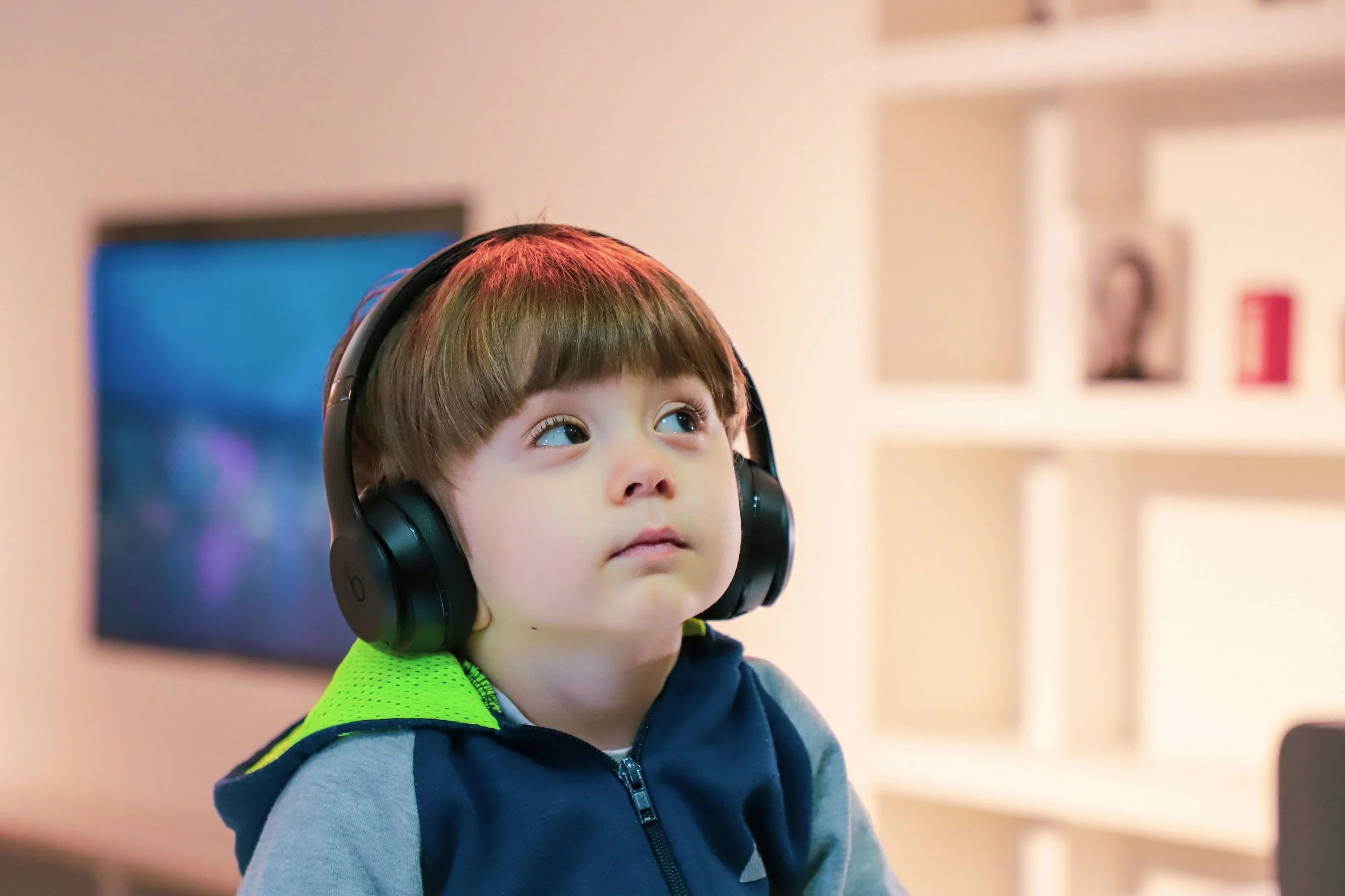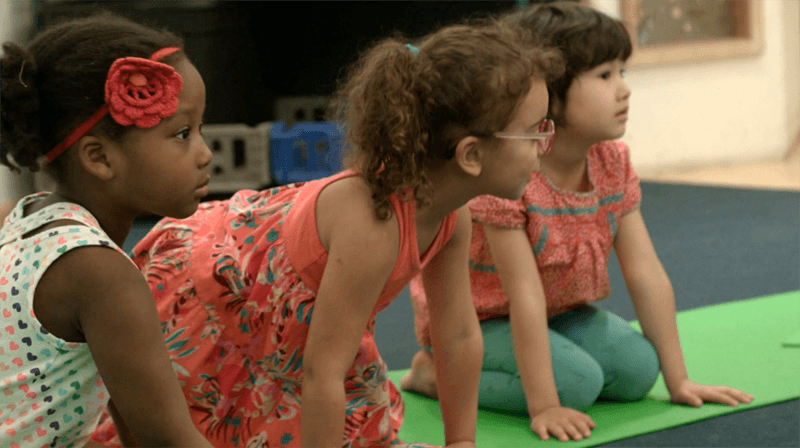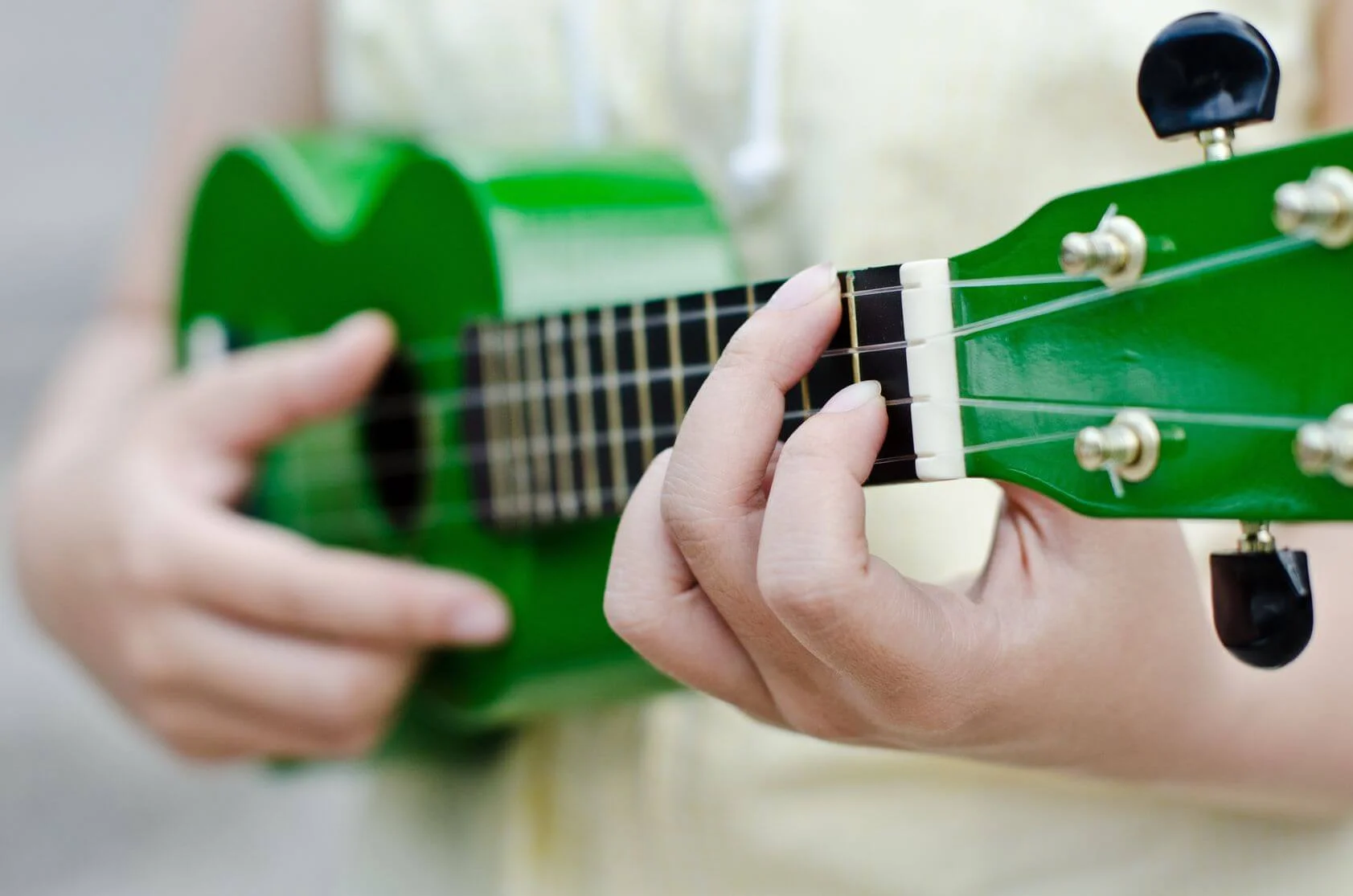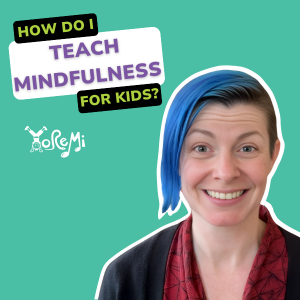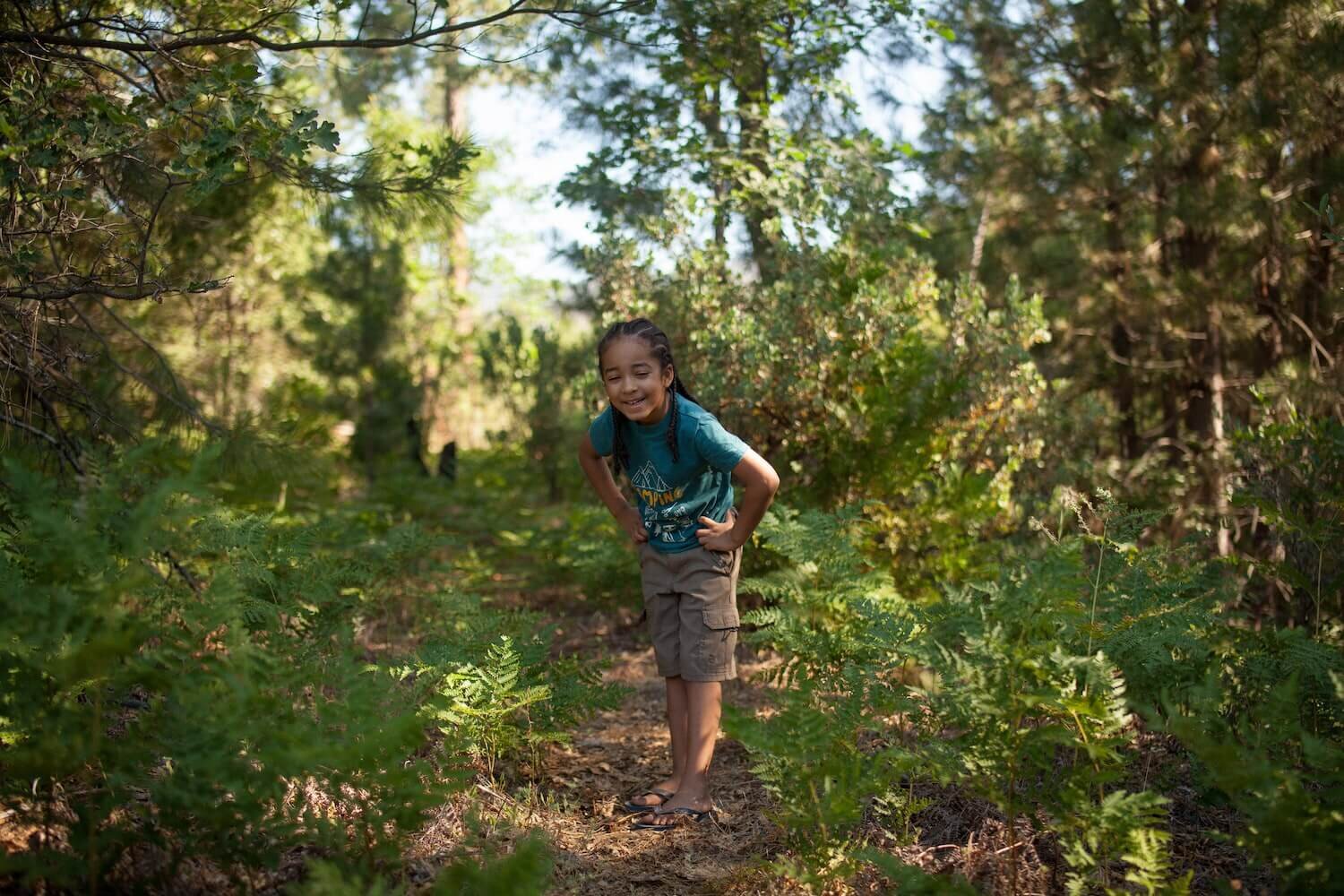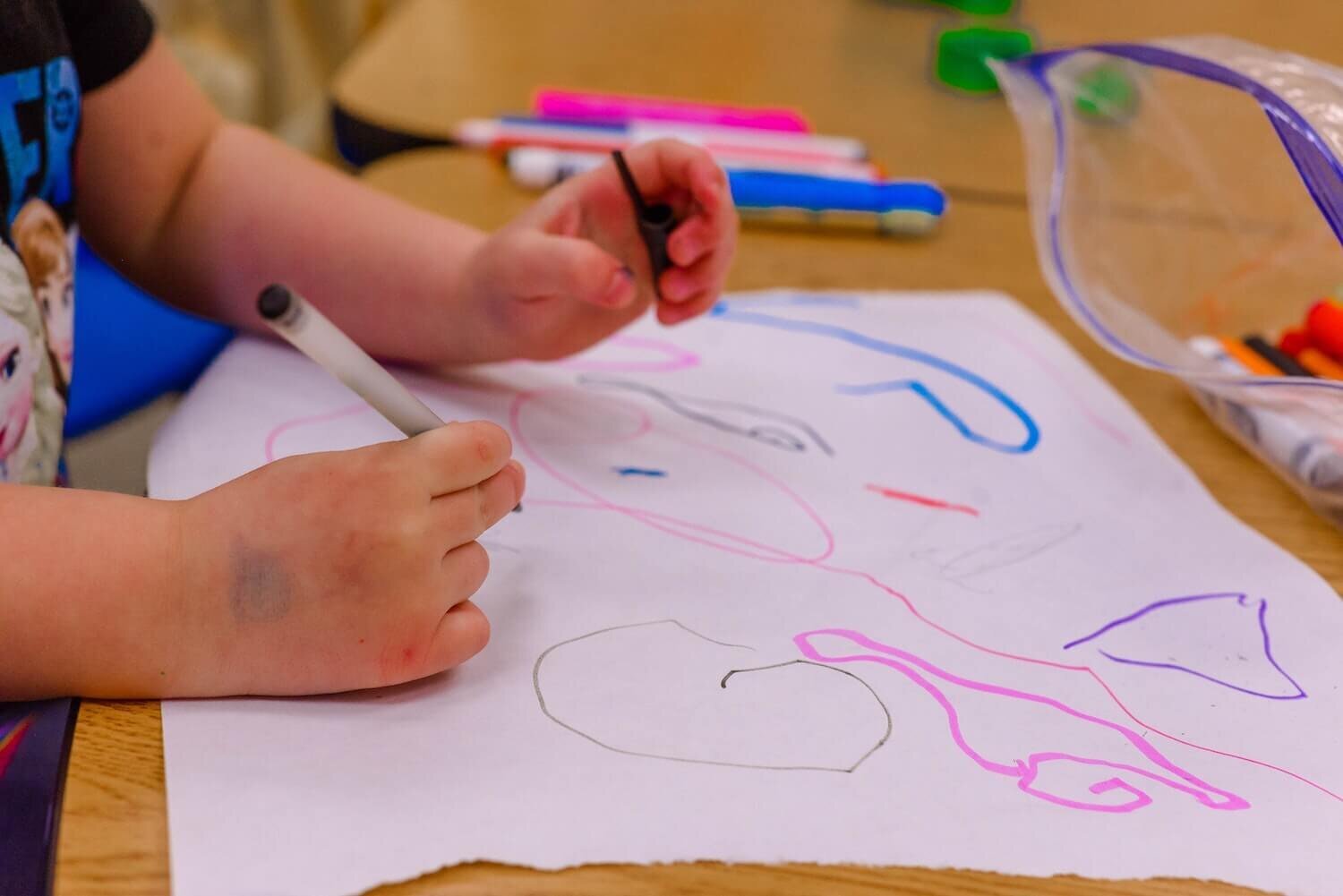Classroom Design: How Sound Affects Learning (and 5 Ways to Improve)
Sound is everywhere on Earth. We associate sounds with feelings of joy, calm, disappointment, or celebration. We communicate through the sounds and rhythms we make with our voices, our bodies, and using technology. Musical instruments are found in every culture the world has ever known.
We don't always think how sound affects us. It's a little bit like breathing - it's just always there, reliable and unnoticed. But the same way that breathing can change our stress level and mood, the same is true of sound.
You can evaluate this by lending an ear.
A Mindful Practice for Sound Observation
How do the sounds and acoustics affect your classroom’s learning environment? How do students interact with sound in the classroom? Is sound management a challenging task each day?
Through a short exercise like mindful Sound Observation, you may notice things about your environment that offer opportunities for improvement. Try this:
In your classroom (or living room, if at home) close your eyes.
Just breathe.
Notice the sounds around you. How would you describe them?
See if you can identify the sound closest to your body, and the furthest sound you can hear.
How do the sounds make you feel?
What to Remember When Designing Your Classroom
Decorations are a common choice for educators designing classrooms. But what about sound design? Is the room’s current design conducive to mindful observation, effective learning, and noise management? Here are five things to consider about the sound in your classroom — and how to improve.
1. Improve Classroom Acoustics
When you stand in the middle of the room and clap your hands, does the sound linger for a while, maybe echoing across the room? Sound vibrations reflect off hard surfaces - and this reverberation creates a din which exhausts the ears and often the brain - making it hard to distinguish important information from background noise.
In many classrooms, it's hard to hear - or be heard! While voices may contribute to the bulk of classroom sound, the noise from equipment, lights, fans, and the outside environment can contribute as well.
Rooms made of concrete block or sheet-rock walls will reflect sound differently, as will rooms with high or low ceilings. Fancy acoustic sound panels are available, but any soft materials - blankets, foam, cork, curtains, carpets - will absorb some vibrations to help "dampen" a room.
How to improve your classroom sound design:
Pay close attention to bare walls and the corners where walls meet at 90 degree angles - this where a lot of sound reverberation takes place.
The solutions offered by American Speech-Language-Hearing Association will create good acoustics, helping students as well as teachers.
2) Identify Calming Sounds for Relaxation
Think of a peaceful place for a moment. What does it sound like? Let's create that feeling in our rooms.
Some classrooms like to read to classical guitar or other instrumental music. Some still will enjoy starting the day with an inspirational song.
Maybe we can incorporate nature sounds: ocean waves, crickets, birds singing. This will encourage imagination and help students develop an acoustic vocabulary: they'll begin to notice that different sounds elicit different thoughts and emotions.
3) Use Quality Playback Devices for the Classroom
While phone speakers have improved in recent years, they really can't amplify sound loud enough for a large room. And when devices (phones, tablets, computers, or even TV's) are turned up to loud volume, the sound coming out of their tiny speakers is often harsh and distorted.
Most classrooms are well served by adding a small bluetooth speaker. Play with the speaker's position so the sound reaches the maximum number of students, but points away from areas of your room which you want to keep more quiet - like a reading area.
In some cases, having multiple speakers is helpful to ensure everyone can hear the sound appropriately. Also - bluetooth speakers don't need any cables, and devices are untethered! Amazon likes this speaker and so do we.
4) Create Energizing Sounds for Focus and Engagement
Students transitioning between activities can benefit from a gathering of attention. Some classrooms use a chime or a call-and-response ("1,2,3, eyes on me. 1, 2, eyes on you!") to assist. When considering the best ways to focus and engage children, we want to "wake up" our collective senses. This could be a movement activity like our Dragon Breathing exercise.
Explain to children why we do activities to engage our brain - it's interesting science! While asking children to "Listen Up!" might work sometimes, we notice that children's participation goes way up when they have a specific activity and a clearly -defined, logical objective.
Try This: Dragon Breathing
Sit Comfortably
Take a deep breath in.
Open eyes, hands, and stick out tongue as your exhale on a "Hhhh" sound
Repeat!
5) Modeling Tone of Voice in the Classroom
Teachers spend a lot of time with students. It's perhaps the closest non-family relationship a child has. Children learn so much in their classrooms, and not just the topics of study.
They learn how others are feeling based on how we speak, the language we are using, or the way we present ourselves.
They are learning how to speak and project themselves into a group.
Students generally ignore teachers who are shouting. Why? Because it's literally hard to listen to and makes them feel bad.
We can model the behavior we'd like to see - starting with how we speak. A confident voice which feels authentic - and that doesn't mean LOUD - will improve listening in a classroom!
Instead of being loud, what if you incorporate silence into your lesson? What if for a moment, no one said anything?
Helping children identify a spectrum of sound possibilities - from loud to soft, from harsh to gentle, from excited to calm - will deepen their acoustic vocabulary, improve their listening skills and increase self-awareness. It will also make sure that children who react to sounds differently all feel included and welcomed into the learning environment.
Try this classroom activity: Play with volume in your lesson.
When reading a book or passage, bring your volume way down.
At an important passage, shift your volume louder or softer.
Make your voice sound scared or excited at a certain passage.
See how volume and tone changes have influenced your students learning experiences.
The Power of Sound in Our Daily Lives
Sound enhances a moment - when we gather, we sing and dance. A show, movie, or sporting event will always try to play the right sounds at just the right moment.
We associate sounds with feelings - a car crash makes us feel differently than the sound of a baby's laughter - and the reaction is immediate and potent. Usually sounds which trigger an emotional state have a corresponding personal memory, which may be joyful, traumatic, or anything in between.
We know that babies can recognize familiar voices from inside the womb. In a recent study, 84% percent of babies in-utero moved happily along to classical music (but only 59% for pop music!) - suggesting that music is capable of "prompting neurological stimulation, activating the brain areas related to language and communication" (Source).
The power of sound has even inspired science experiments. Apparently, crops grow larger when classical music is pumped into the fields. Some vineyards only play Baroque Music - for reasons unknown, that is what produces the most desirable grapes.
How Will You Improve Sound Design in Your Classroom?
It's relatively easy to design a physical layout for a classroom that feels sensible and relaxing. This often leaves the acoustic design overlooked, thought no less important.
Since it's harder to envision and evaluate sound, you may need to experiment to find the right approach. Just keep in mind your student population and any hearing deficits or other special needs, which can be incorporated into your planning.
Above all, listen. It's the most important part of the sound equation.
Save this post for later!

